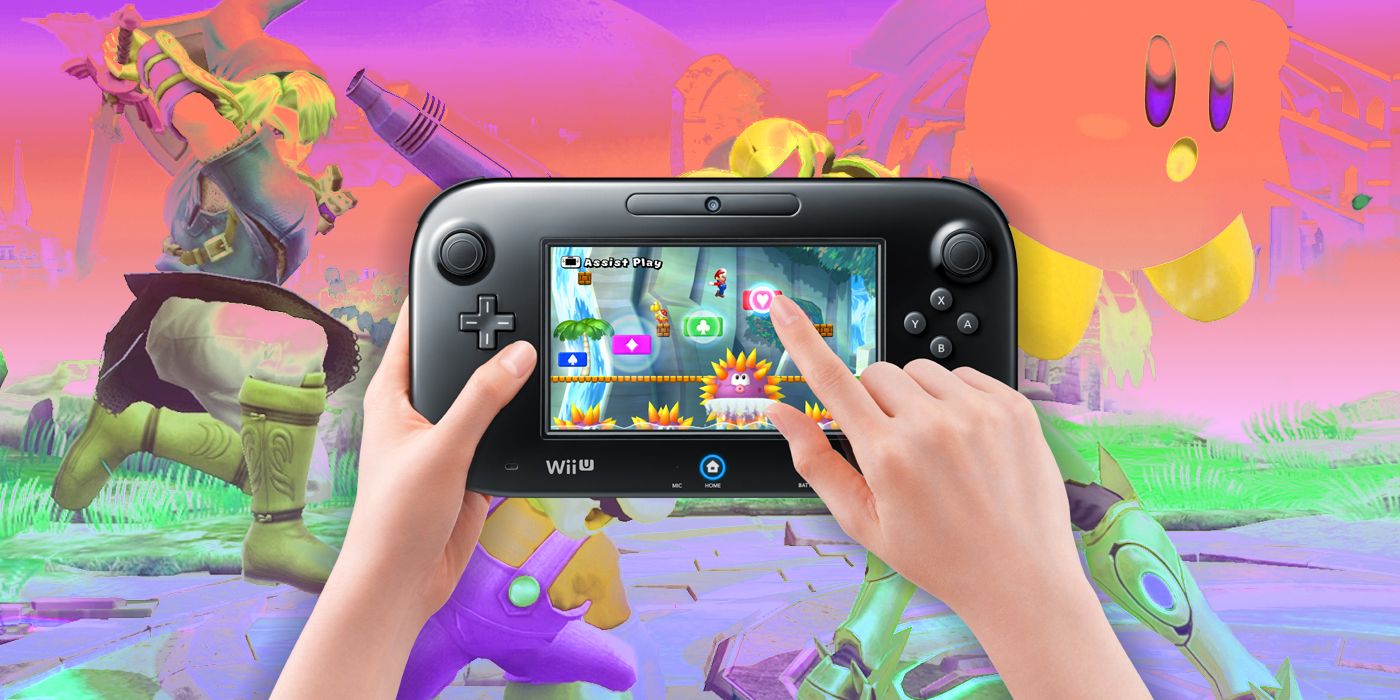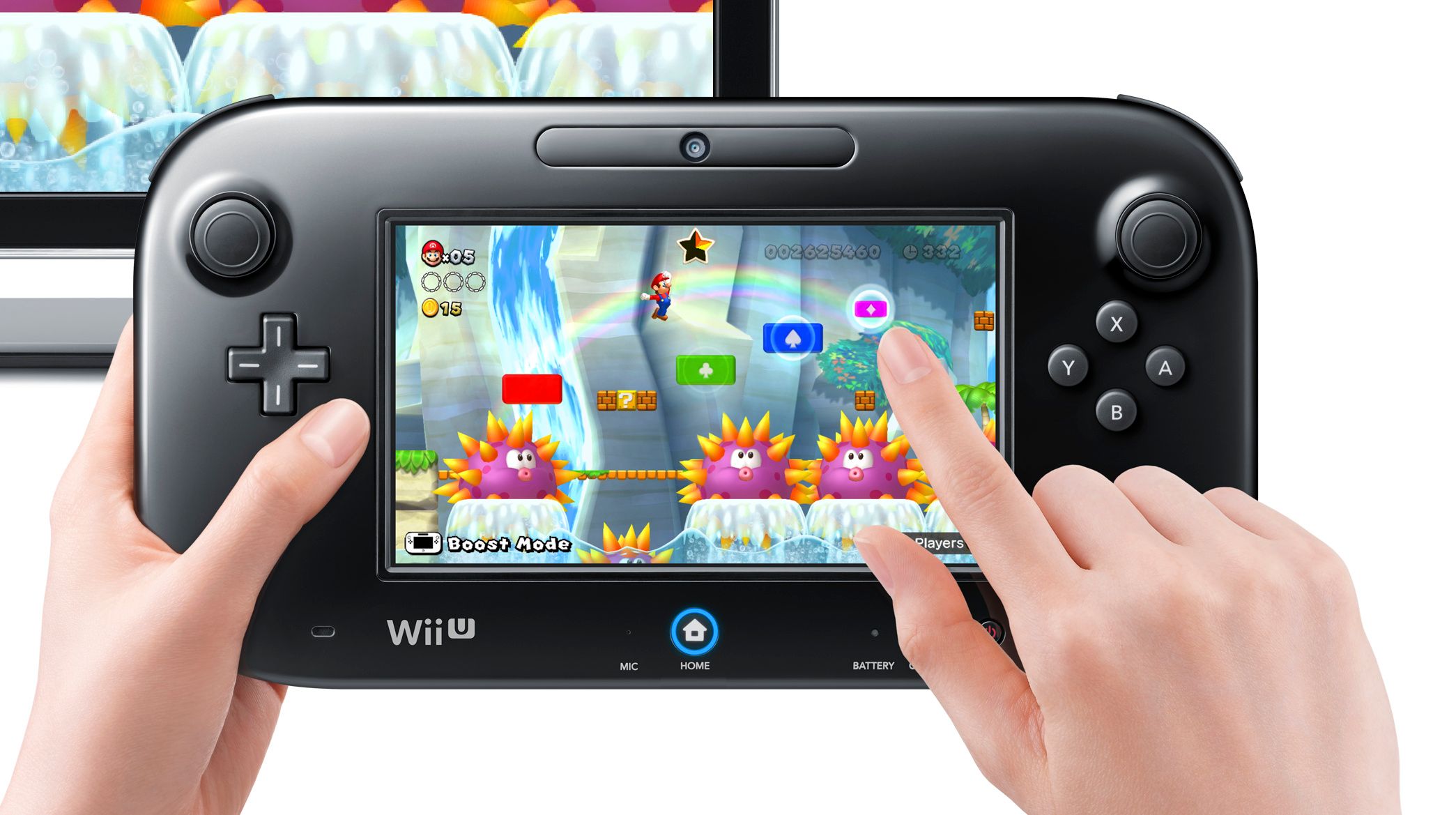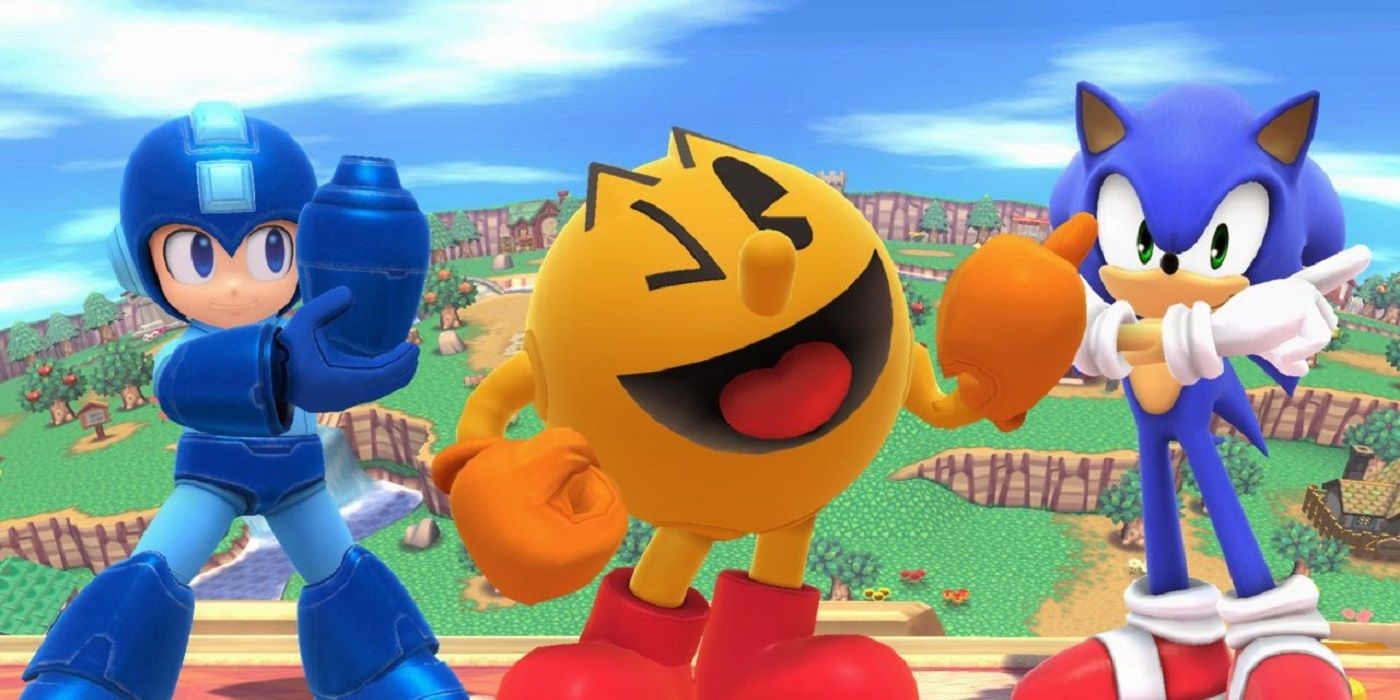Time has not been kind to the Wii U. Now that the Nintendo Switch is out and seeing resounding success year over year, Nintendo's last-gen efforts look even more halfhearted. As the ill-fated system sees its biggest games ported to Switch with one of its remaining must-plays, Super Mario 3D World, headed over in February, it has all but completely lost its one claim to fame: an excellent first-party library.
While time hasn't been kind to the Wii U, not many were kind to the system during its commercial life either. One of the most common complaints from that era that reverberates today is the general hate for the Wii U GamePad. However, the Wii U's tablet controller has more merits than people give it credit for.
The Intrinsic Advantages
Wii U GamePad's form factor doesn't immediately help its case. It's a chunky peripheral, and one that has often been derided as feeling like a Fisher-Price toy. Undoubtedly, it has flaws. It should've been a slimmer piece of tech with a more premium finish, its screen should've been higher fidelity and its battery life should've been longer.
While these things are true, it's also incredibly comfortable. Especially in comparison with the cramped Joy-Con, the GamePad's layout is spacious. Its face buttons are soft while still having a satisfying click, the wide shoulder buttons offer a nice place to rest one's hands and the grips on the back of the GamePad make it comfortable for long play sessions.
At the same time, it's packed with technology, from its NFC scanner to gyroscope that add functionality. The GamePad isn't so much toylike as it is industrial. To this point, what the GamePad lacks in aesthetics it makes up for in utility and comfortable, tactile design.
Of course, a degree of this success is personal -- not everyone will find comfort in the feel of the GamePad. However, its biggest asset hasn't been discussed yet, and, it's the most obvious: the GamePad screen. While the concept of dual screen home console gaming never caught on the way that Nintendo wanted it to, the GamePad illustrated why such an idea is engaging. From Nintendo Land's asymmetrical multiplayer to Super Mario Maker's intuitive level creation, this interface proved its worth time and time again. Games like these were made fundamentally more engaging due to the GamePad.
There was a simple magic to seeing the natural implementation of the two screens and their effect on gameplay. Other gimmicks like the Wii Remote forced traditional games to bend around their design and become inherently different to fit the controller. The Wii U GamePad allowed for traditional console gameplay experiences to be made better and move inventive without being watered down.
While the most interesting uses of the GamePad were the most overt, it also worked nicely to complement games that didn't focus on its second screen. The Legend of Zelda HD ports were excellent examples of this where having the map and items displayed passively on the GamePad screen cut out the need for cumbersome menuing.
The Perfect Device for Retro Gaming
Beyond its ability to make Wii U software more engaging, it simply acts a short-range portable system. While the GamePad can't travel more than a few feet away from the console itself, it does free up the TV for other uses. This is less novel in concept now that the Switch is a true hybrid, but the GamePad does still have one advantage: the Wii U's legacy content. While Nintendo Switch Online has a solid offering, it's lacking many heavy-hitters. By filling the Wii U with a surplus of classic games, the GamePad can be turned into an excellent, in-home retro Nintendo machine.
Simply disconnect the Wii U from the TV, keep it plugged in and display the image to the GamePad only. This is the definitive way to casually enjoy past Nintendo titles from almost every system in the palm of your hand. It's a great way to repurpose the Wii U and GamePad to still be essential in 2020 -- at least until the Nintendo Switch gets a better handle on the Virtual Console.
There are many implementations of the Wii U GamePad that, even in 2020, make it a much better controller than people gave it credit for. While it's far from perfect, when given a true chance, the GamePad is a worthy peripheral. Much like the Wii U itself, the GamePad's legacy is simply misunderstood.



